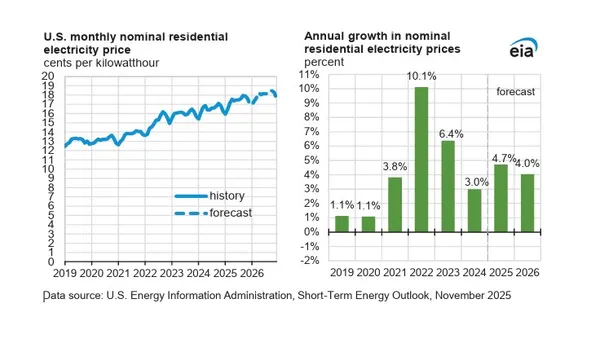Downsizing of office space has peaked, Cushman & Wakefield says, with return-to-office strategies accelerating demand for space despite uncertainty in the broader economy, according to a report it released Friday in conjunction with CoreNet Global.
Following years of footprint rationalization, pent-up demand for office space is now evident, with about an eighth of occupiers planning to expand their footprint, and average lease sizes growing 13% in the past two years, the firm said in a release. Cost continues to drive commercial real estate decisions, with pressure to reduce and control spending “remaining as strong as ever,” Cushman & Wakefield and CoreNet Global said in the report.
Only 32% of the 235 commercial real estate leaders surveyed in the first half of 2025 said their companies plan to further trim their real estate footprints, as office utilization rates stabilize at between 51% and 60% globally, according to the report.
Utilization rates are still below pre-pandemic norms but rising steadily globally as more organizations implement structured return-to-office policies. However, these impacts are more subdued in the Americas, where just 20% of organizations reported utilization of about 50%, compared with over 40% of businesses headquartered in Europe, the Middle East and Africa and the Asia-Pacific, the report says.
Although financial metrics remain the cornerstone of real estate-decision making, multiple factors — political and economic instability, shifting workplace behaviors and difficulties in forecasting and measuring return on investment — are creating uncertainty and lack of clarity that have left many organizations “hesitant to act boldly,” Cushman & Wakefield said.
“Some CapEx decisions are being delayed by a quarter or two by the current economic and geopolitical uncertainties, but this will only delay decision making temporarily — it won’t derail occupiers from their long-term glide path,” Rob Hall, head of integrated portfolio management at Cushman & Wakefield, said in a statement.
Remote work has altered office dynamics, leading to evolving space needs and tenant expectations, Matthew Harrison, founding partner at Harrison Law, a business law firm in Arizona, wrote Monday in JD Supra. As more employees work from home, organizations are subleasing surplus space or downsizing, while others switch to flexible office arrangements that span small satellite locations, co-working spaces and rented meeting rooms.
“This has led to office landlords encountering new challenges and having to adapt to prevent vacant offices and potential cash flow problems, such as by reducing rental prices and offering higher-quality spaces prioritizing outdoor areas, greenery, and natural light,” Harrison wrote.
Tenants are demanding more from their landlords as well, with 85% of occupiers now expecting landlords to provide "enhanced amenities, services, and workplace experiences,” Cushman & Wakefield says. Just under half, or 46%, are willing to pay a premium for these upgrades, leading to a near-10% rental premium for top-tier office space, per the report.










